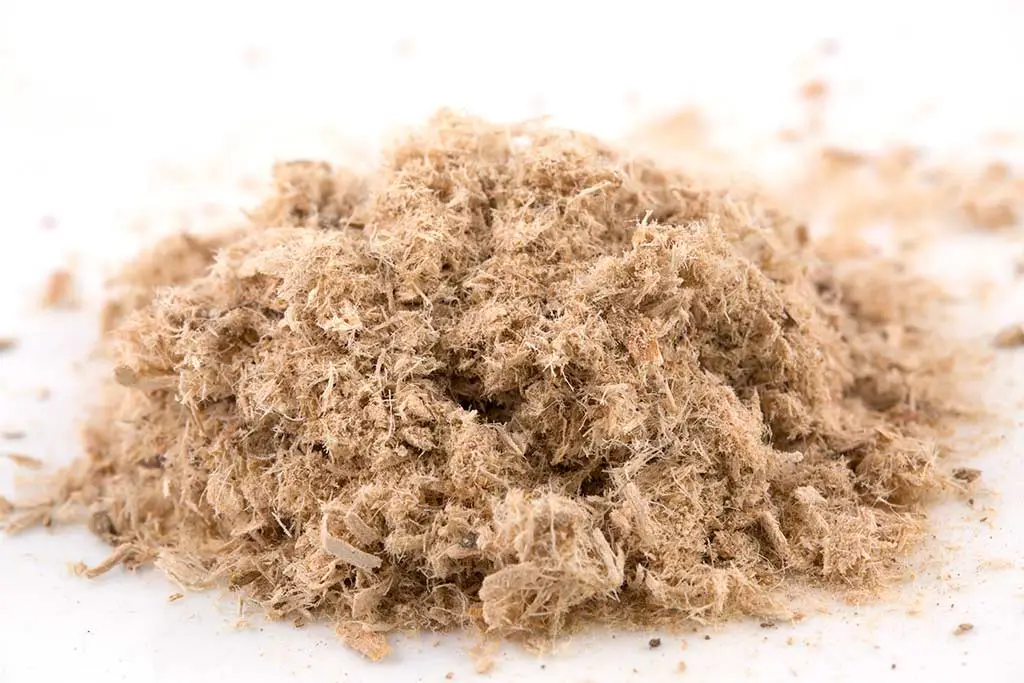
Slippery Elm Bark: 4 Surprising Health Benefits
Introduction
Slippery elm bark, derived from the inner bark of the slippery elm tree (Ulmus rubra), has been used for centuries by indigenous peoples of North America for its medicinal properties. Today, it continues to gain recognition for its various health benefits, ranging from soothing digestive discomfort to supporting respiratory health. In this comprehensive guide, we’ll delve into the surprising health benefits of slippery elm bark, its historical uses, modern applications, and potential considerations.
Understanding Slippery Elm Bark
Botanical Background
Slippery elm (Ulmus rubra) is a species of elm tree native to North America, particularly the eastern United States. It is characterized by its distinctive mucilaginous inner bark, which gives the tree its “slippery” texture.
Historical Uses
Indigenous peoples, such as the Native American tribes, utilized slippery elm bark for various medicinal purposes, including soothing sore throats, alleviating gastrointestinal issues, and promoting wound healing. European settlers also adopted its use, leading to its incorporation into traditional herbal medicine practices.
Surprising Health Benefits of Slippery Elm Bark
Soothing Digestive Discomfort
One of the most well-known benefits of slippery elm bark is its ability to soothe digestive discomfort. The mucilage, or gel-like substance, found in slippery elm bark forms a protective coating along the digestive tract, helping to alleviate symptoms of heartburn, acid reflux, gastritis, and irritable bowel syndrome (IBS).
Supporting Respiratory Health
Slippery elm bark has expectorant properties, meaning it can help promote the expulsion of mucus from the respiratory tract. It is often used to alleviate symptoms of coughs, colds, sore throats, and bronchitis by soothing irritated tissues and reducing inflammation.
Promoting Wound Healing
The mucilage in slippery elm bark also has demulcent properties, which means it forms a soothing and protective layer over irritated or injured tissues. When applied topically, slippery elm bark can help promote wound healing, reduce inflammation, and alleviate itching or irritation associated with skin conditions like eczema and psoriasis.
Maintaining Oral Health
Slippery elm bark has been traditionally used as a natural remedy for oral health issues, such as gingivitis, toothaches, and mouth ulcers. Its antimicrobial and anti-inflammatory properties may help reduce bacteria in the mouth, soothe oral tissues, and alleviate discomfort associated with oral conditions.
Modern Applications and Considerations
Forms of Slippery Elm Bark
Slippery elm bark is available in various forms, including powdered bark, capsules, lozenges, teas, and extracts. Each form offers its unique benefits and can be used according to individual preferences and health needs.
Dosage and Administration
The appropriate dosage of slippery elm bark may vary depending on factors such as the individual’s age, weight, health status, and the specific health condition being addressed. It is essential to follow dosage instructions provided by healthcare professionals or product labels and to consult with a healthcare provider before starting any new supplement regimen.
Potential Side Effects
Slippery elm bark is generally considered safe for most people when used appropriately. However, some individuals may experience mild side effects, such as nausea, diarrhea, or allergic reactions, especially if they are allergic to elm pollen. It’s essential to discontinue use and consult with a healthcare professional if adverse reactions occur.
FAQs (Frequently Asked Questions)
Is Slippery Elm Bark Safe During Pregnancy?
While slippery elm bark is generally considered safe for most people, pregnant and breastfeeding women should consult with a healthcare professional before using it. Limited research is available on its safety during pregnancy, so it’s essential to err on the side of caution.
Can Slippery Elm Bark Interact with Medications?
Slippery elm bark may interact with certain medications, including oral medications, due to its mucilage content, which can affect the absorption of other substances in the digestive tract. It’s important to discuss potential interactions with a healthcare provider before using slippery elm bark supplements.
How Long Does it Take to See Results with Slippery Elm Bark?
The time it takes to see results with slippery elm bark may vary depending on the individual’s health condition, dosage, and consistency of use. Some people may experience relief from symptoms within a few days to a few weeks of regular supplementation.
Can Slippery Elm Bark Help with Acid Reflux?
Slippery elm bark is often used as a natural remedy for acid reflux and heartburn due to its soothing properties. It can help coat the esophagus and stomach lining, reducing irritation and discomfort associated with acid reflux symptoms.
Is Slippery Elm Bark Gluten-Free?
Yes, slippery elm bark is naturally gluten-free, making it suitable for individuals with gluten sensitivities or celiac disease. However, it’s essential to verify the gluten-free status of specific products and supplements containing slippery elm bark.
Conclusion
Slippery elm bark offers a range of surprising health benefits, from soothing digestive discomfort to supporting respiratory health and promoting wound healing. With its long history of traditional use and modern applications, slippery elm bark continues to be valued as a natural remedy for various health conditions. By understanding its benefits, applications, and potential considerations, individuals can incorporate slippery elm bark into their wellness routines with confidence, under the guidance of healthcare professionals. As with any herbal supplement, it’s essential to use slippery elm bark responsibly and to seek medical advice if needed.



